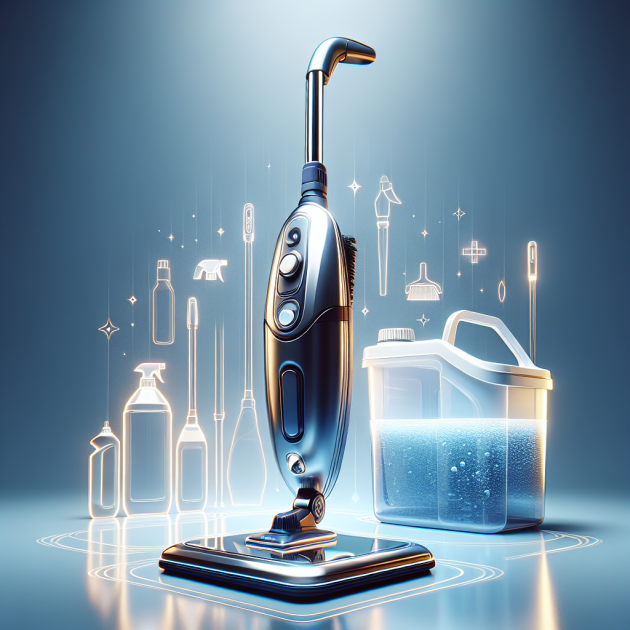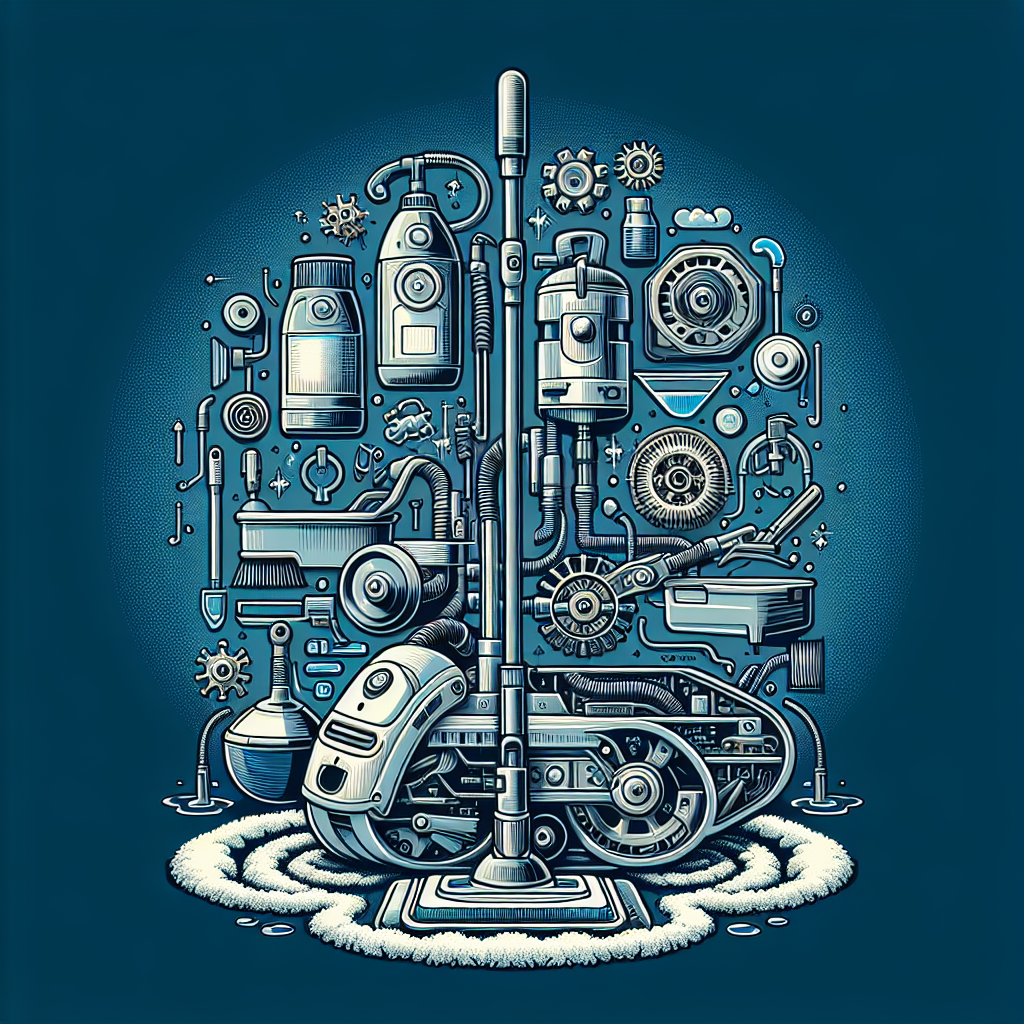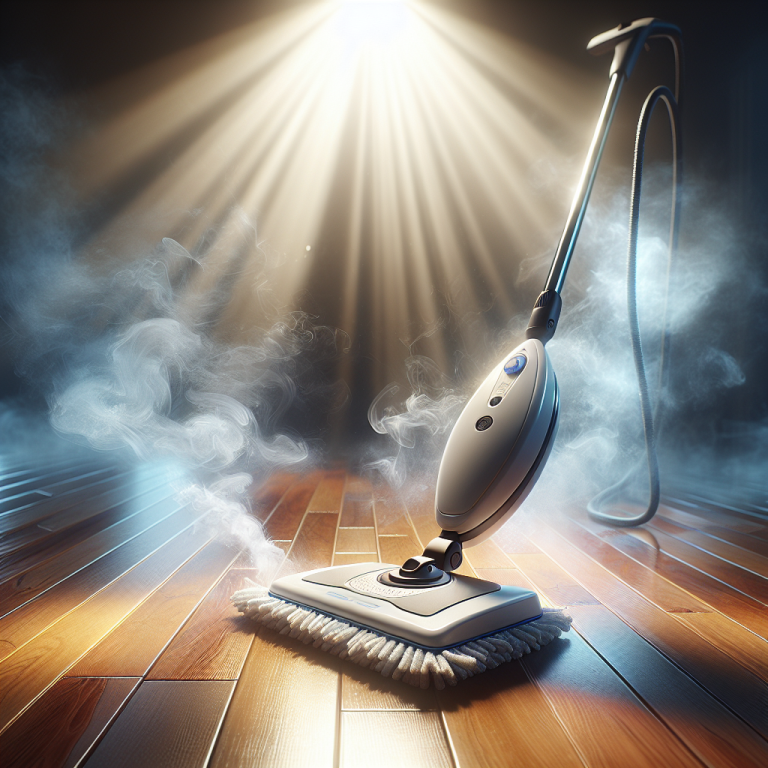How Do I Clean And Maintain My Steam Mop?
Maintaining and cleaning your steam mop is essential for its longevity and continued effectiveness. In this article, we will guide you through the simple steps you need to follow to ensure that your steam mop remains in top-notch condition. By incorporating these maintenance practices into your cleaning routine, you will not only prolong the lifespan of your steam mop but also enjoy a cleaner and more hygienic home.
Understanding Your Steam Mop
Steam mops are a revolutionary cleaning tool that utilize the power of steam to efficiently sanitize and refresh your floors. Before diving into the cleaning process, it’s important to have a solid understanding of the different types of steam mops available on the market. Some popular options include handheld steam mops, steam mops with reusable pads, and steam mops with built-in vacuum cleaners. Assessing your specific needs and budget will help you choose the right steam mop for your cleaning routine.
Apart from the various types, it’s also crucial to familiarize yourself with the key components of a steam mop. These typically include a water tank, a reservoir or water tank, a mop pad, a handle, and a steam nozzle. Understanding how these components function and interact with each other will enable you to effectively maintain and troubleshoot your steam mop if needed.
Reading the user manual that comes with your steam mop may seem like an obvious step, but many people overlook it. The user manual contains essential information about assembly, operation, and maintenance that will ensure the optimal performance and longevity of your steam mop. Take the time to carefully read and comprehend the instructions provided, as they will guide you through the proper usage and care of your steam mop.
Preparing the Steam Mop for Cleaning
Before you can begin cleaning, it’s important to prepare your steam mop properly. Start by unplugging the device from the power source. This will eliminate any risk of electric shock while handling the mop and ensure your safety throughout the cleaning process.
Allow the steam mop to cool down before making any adjustments or performing maintenance tasks. This will prevent any burns or injuries that could occur from handling hot components. It’s recommended to wait at least 5-10 minutes to ensure that the steam mop has reached a safe temperature for handling.
Once the steam mop has cooled down, you can proceed to remove the water tank. This is typically located at the top or back of the mop and can be detached easily with a simple twist or release mechanism. Removing the water tank will allow you to empty and clean it thoroughly, ensuring that your steam mop is ready for the next cleaning session.
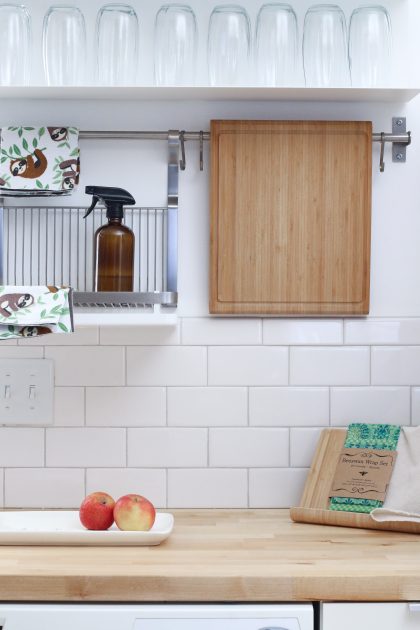
Cleaning the Reservoir or Water Tank
Emptying and cleaning the reservoir or water tank of your steam mop is a crucial step in maintaining its performance and preventing any potential issues. Start by emptying the reservoir completely. Depending on the model of your steam mop, this can be done by pouring out the remaining water or draining it through a designated outlet.
After emptying the reservoir, it’s important to clean the inside of the tank to remove any mineral deposits or debris that may have accumulated over time. You can use a mixture of white vinegar and water to effectively dissolve and remove any stubborn build-up. Simply fill the tank with this solution, leave it to soak for a few minutes, and then rinse it thoroughly with clean water.
To ensure that no excess water remains in the tank, wipe it dry using a clean cloth or paper towel. This will prevent any potential water damage or corrosion of the steam mop’s components. Taking the time to clean the reservoir or water tank regularly will not only maintain the efficiency of your steam mop but also extend its lifespan.
Cleaning the Mop Head
The mop head of your steam mop collects dirt, grime, and bacteria from your floors, making it essential to clean it after each use. To start, detach the mop pad from the mop head according to the manufacturer’s instructions. This can typically be done by releasing a clip or fastening mechanism.
Once the mop pad is removed, you can proceed to wash it. Refer to the user manual for the recommended cleaning method, as it may vary depending on the type and material of the mop pad. In most cases, machine-washing on a gentle cycle with mild detergent will suffice. Ensure that you follow the instructions for proper drying, whether it’s air drying or using a low-heat setting in the dryer.
Properly maintaining the mop pad is crucial to ensure its effectiveness in removing dirt and sanitizing your floors. After washing, make sure to inspect the mop pad for any signs of wear or damage. If the pad is worn out or torn, it’s recommended to replace it to maintain optimal cleaning performance.
Dealing with a Blocked Steam Nozzle
Blockages in the steam nozzle can impede the flow of steam and affect the overall performance of your steam mop. Therefore, it’s important to recognize the signs of a blocked steam nozzle early on and take immediate action to restore its functionality.
Signs of a blocked steam nozzle may include a decrease in steam output, irregular or weak steam patterns, or odd noises coming from the steam mop. If you notice any of these signs, it’s time to unclog the nozzle.
Start by using a soft brush or a pin to gently clear any blockage from the steam nozzle. Be cautious not to use excessive force, as this can damage the delicate components of the steam mop. Once you have removed the visible blockage, it’s important to rinse the nozzle with clean water to ensure that all debris is thoroughly removed.
Regularly inspecting and unclogging the steam nozzle will prevent any major blockages and maintain the optimal steam output of your steam mop, ensuring that your floors are properly sanitized and cleaned.
Maintaining the Handle and Body
While much of the focus is on the functional components of a steam mop, it’s equally important to maintain the handle and body of the device. Start by wiping down the handle and body with a damp cloth after each use. This will remove any dirt or residue that may have accumulated during the cleaning process.
Inspect the handle and body for any cracks, damages, or loose parts regularly. Pay attention to any signs that may indicate wear and tear, as this can affect the overall performance and safety of your steam mop. If you notice any issues, it’s important to address them promptly to prevent further damage and ensure your continued satisfaction with the device.
When your steam mop is not in use, it’s crucial to store it properly to maintain its longevity. Follow the manufacturer’s instructions for storing the device, as they may provide specific guidelines based on the model. Generally, it’s recommended to store the steam mop in an upright position in a clean and dry area, away from direct sunlight and excessive heat or humidity.
By regularly maintaining the handle and body of your steam mop, you can ensure that it continues to operate effectively and efficiently, providing you with clean and sanitized floors for years to come.
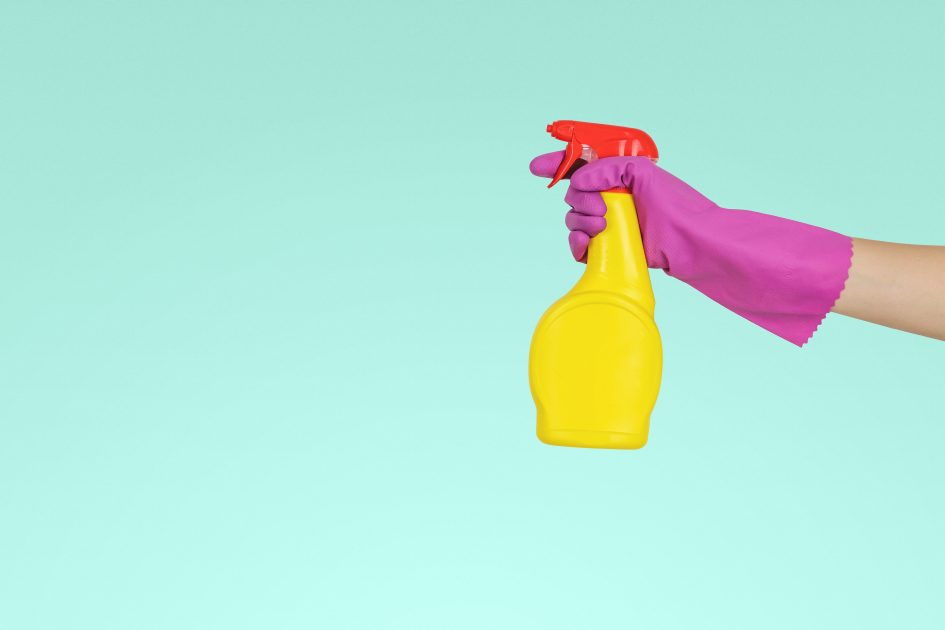
Using Appropriate Water for Your Steam Mop
The type of water you use in your steam mop can have a significant impact on its performance and lifespan. Hard water, which contains high mineral content, can cause mineral deposits and build-up within the steam mop. This can result in clogged nozzles, reduced steam output, and decreased overall effectiveness.
To avoid these issues, it’s recommended to use distilled water in your steam mop. Distilled water has had its impurities and minerals removed through a purification process, making it ideal for use with steam mops. Using distilled water will help prevent mineral deposits and prolong the life of your steam mop, ensuring optimal performance with each use.
If you live in an area with particularly hard water and using distilled water is not feasible, another option is to install a water softener or use a water softening solution specifically designed for steam mops. These products work by reducing the mineral content in the water, minimizing the potential for build-up and blockages.
Regardless of the method you choose, ensuring that you use appropriate water in your steam mop will maximize its performance and longevity, saving you time and effort in the long run.
Regular Maintenance Tips
To keep your steam mop functioning at its best, it’s important to perform regular maintenance tasks after each use. Start by cleaning the mop pad and detachable components according to the manufacturer’s instructions. This will prevent any dirt or residue from accumulating and affecting the performance of the steam mop.
Additionally, take the time to inspect the power cord of your steam mop for any signs of damage. Avoid using the steam mop if you notice any exposed wires or fraying, as this can be a safety hazard. If you come across any damages, it’s important to have the power cord repaired or replaced by a professional to ensure your safety during use.
Over time, certain parts of your steam mop may wear out and need to be replaced. This can include the mop pads, nozzle attachments, or water tanks. Pay attention to any signs of wear or deterioration and promptly replace any worn-out parts. This will not only maintain the efficiency of your steam mop but also prevent any further damage to the device.
By following these regular maintenance tips, you can ensure that your steam mop remains in top condition, providing you with reliable and effective cleaning results every time.
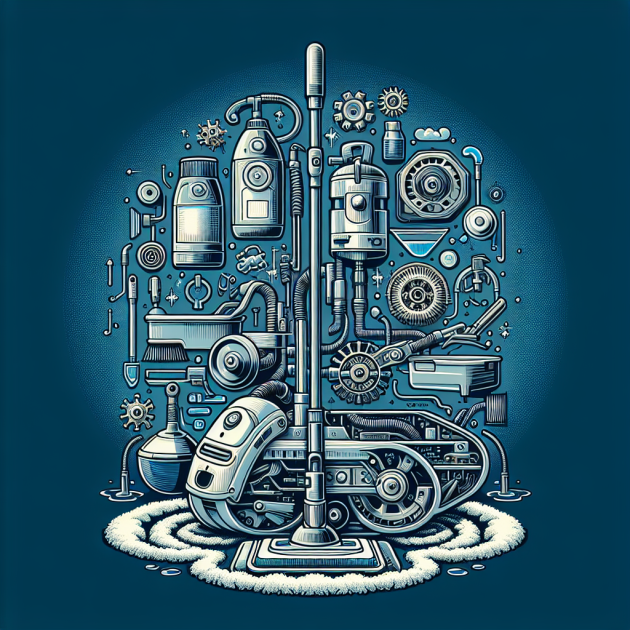
Dealing With Persistent Faults
Despite proper maintenance and care, there may be instances where your steam mop experiences persistent faults or malfunctions. Common issues may include continuous dripping, inadequate steam output, or uneven steam distribution. When faced with these persistent faults, it’s important to identify the underlying cause and take appropriate troubleshooting measures.
Start by referring to the user manual provided by the manufacturer. This will guide you through the most common troubleshooting steps specific to your steam mop model. Follow the recommended solutions carefully, as they are often tailored to address the specific problems that may arise.
In some cases, persistent faults may require professional assistance. If you’ve exhausted all troubleshooting options and the issues persist, it’s important to know when to seek professional help. Contact the manufacturer’s customer support or reach out to a qualified technician to diagnose and repair any complex faults. They will have the expertise and equipment necessary to resolve the issue and get your steam mop back to optimal working condition.
Ensuring Safe Use of Your Steam Mop
While steam mops are designed to simplify your cleaning routine, it’s important to prioritize safety during every use. Here are a few safety tips to keep in mind:
- Avoid prolonged usage: It’s recommended to take breaks during extended cleaning sessions to prevent overheating of the steam mop and potential damage.
- Keep children and pets away: Steam mops produce hot steam, which can be dangerous if it comes into contact with children or pets. Ensure that they are kept at a safe distance during operation to avoid any accidents or injuries.
- Check mop pad moisture level: Before using the steam mop, make sure that the mop pad is not overly saturated or dripping with water. Excess moisture can result in suboptimal cleaning and potential damage to your floors.
By following these safety guidelines, you can enjoy the benefits of steam mopping while ensuring the well-being of yourself, your loved ones, and your floors.
In conclusion, understanding and properly maintaining your steam mop is crucial for optimal performance and longevity. By assessing the type of steam mop, knowing its key components, and reading the user manual, you can lay the foundation for proper care and maintenance. Preparing the steam mop, cleaning the reservoir and mop head, dealing with blockages, maintaining the handle and body, using appropriate water, performing regular maintenance, troubleshooting persistent faults, and prioritizing safety are essential steps in keeping your steam mop in top shape. With these comprehensive guidelines, you can confidently navigate the world of steam mopping and enjoy clean, refreshed floors with ease.
